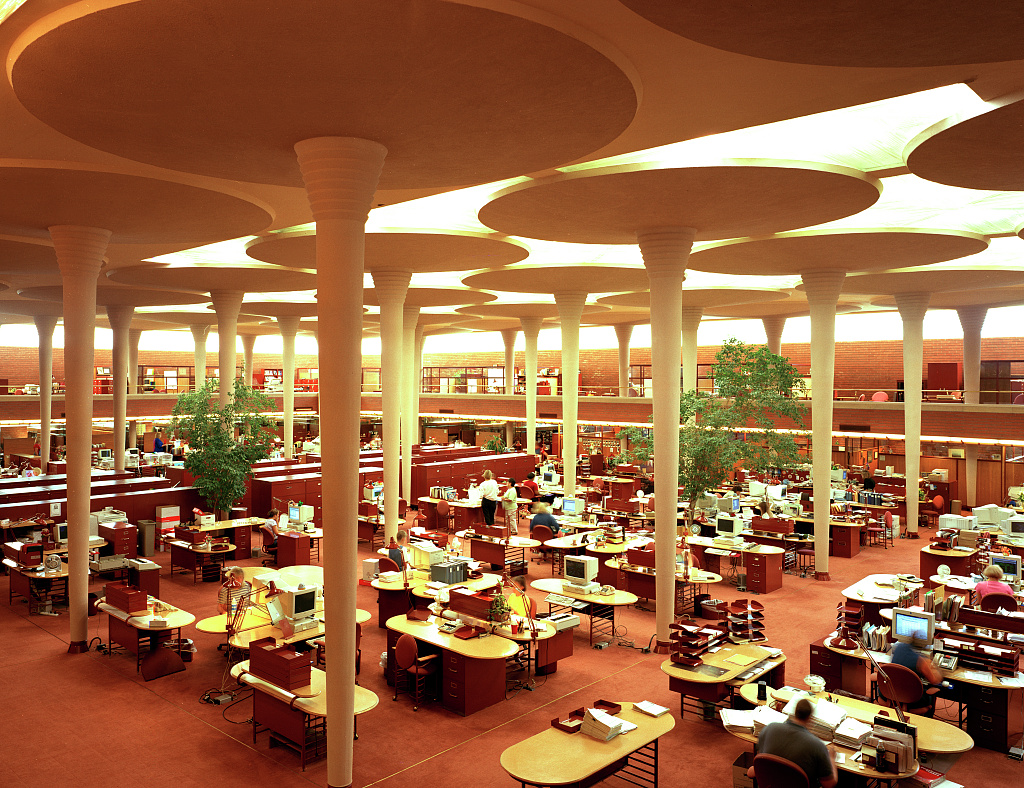By Irwin Mendelssohn
Office space should be designed to accommodate individual work as well as collaborative work and socializing, amongst other factors to align with why individuals want to work in an office post-pandemic. Not everyone wants to work from home and even those that do may not have the space at home to do so effectively.
A common assumption since the pandemic about why individuals will return—or not—to work from an office has been that the more effective office space is for collaborating or connecting with colleagues, the more excited people will be to return to it. As a contrast to being obliged to work in relative isolation, there is an intuitive appeal to the idea of an office serving as a hub for interpersonal interaction. Yet there are strong reasons to believe that what makes an office space attractive is more nuanced than simply being well suited for collaboration and building connections. In turn, office space design should capture this subtlety.
Examples of a post-pandemic focus on the office as a collaboration and social hub abound. An Architectural Record article states: “Building owners and managers are now in the hospitality business, reconceiving lobbies and common areas as hotel-like spaces and offering white-glove services to make the workday inviting. ‘The office is a place for collaboration, for extroverted work, for social interaction,’ says Daniel Kaplan, a senior partner at FXCollaborative.” The Harvard Business Review article “To Get People Back in the Office, Make It Social” states: “When asked what would motivate them to come into the office, employees had a resounding answer: social time with coworkers.” A Guardian headline announces: “The office is for socializing”.
While a thoughtful approach to creating collaboration and social-oriented spaces is welcome, to prioritize interpersonal uses at the expense of individual-oriented uses is too limited. A core reason for many to go to an office is to focus on work away from at-home distractions. Even for those with distraction-free space, many find it beneficial to physically separate where they work and where they live and seek a variety of spatial options while at their office.
The results of the Gensler Research Institute’s Global Workplace Survey Comparison 2023 support the view that workspaces should focus on multiple priorities. The Gensler team surveyed 14,000 full-time office workers from nine countries and three continents between June and December 2022 and has been conducting workspace surveys since 2005. In addition to finding that the most compelling reason for individuals wanting to return to the office is to have space to focus with fewer distractions than at home, the study specifically notes the importance of the varied ways in which people seek to use their office: “Employees value the office to focus on their work, meet their colleagues, and access critical tools and people. This signals a shift from the office as an important place to rebuild social capital during the pandemic, to a place where employees can simply get their work done alone.”
In light of the popularity of the focus on the office as a collaboration and social hub, the results noted in the 2023 Gensler Workplace Survey may seem surprising. Indeed, the study’s authors were surprised by the results since in the midst of the pandemic prior survey results supported the standard view. However as individuals shifted from relative social isolation to a more varied post-pandemic social landscape, work space-related needs have shifted as well. As the 2023 survey authors note: “During the pandemic, when the majority of office workers across the world were working from home, they stated that the most important reason to come into the office was to work in-person with their team and colleagues. A different pattern is emerging: workers now rate ‘to focus on my work’ as the top reason.”
While the Gensler Global Workplace Survey is extremely well thought out, not all large-scale studies agree with its findings. For instance, researchers for McKinsey Global Institute’s (MGI) 2023 report Empty Space and Hybrid Places surveyed 13,000 full-time offices workers across six countries and three continents between October and November 2022 and found that the top reason for returning to an office is to work with one’s team. It is worth noting that the scope of the MGI survey was broader—alongside office-use topics the study also focused on working from home, relocation patterns, and retail spending. In turn, differences in survey methodology could reasonably account for the difference in results. For instance, the MGI study team has noted that they overrepresented people in their sample who had moved after the pandemic began to adequately capture data on migration patterns. Regardless, what ultimately matters is how productive those coming into the office will be. As the MGI report itself states: “In the long run, what chiefly determines the rate of office attendance will be its impact on productivity.” Since productivity can best be understood as a combination of individual work, collaborative work, and relationship building through social interactions, prudence requires designing office space to accommodate each of these as opposed to concentrating on collaboration and social interactions.
Details on how to implement office design for individual and group productivity merit further discussion—the focus of this post is on what the high level goals should be. Space for individual work should be complemented by space for collaboration and socializing. Other factors should be taken into account as well, for instance ensuring space for individuals to take a break or access specialized technology.
Irwin Mendelssohn is a Co-Founder of Fulton Commons, a coworking space in Pittsburgh, Pennsylvania
Image
* Headquarters of the S.C. Johnson and Son Co., Racine, Wisconsin
* Credit: Photographs in the Carol M. Highsmith Archive, Library of Congress, Prints and Photographs Division


